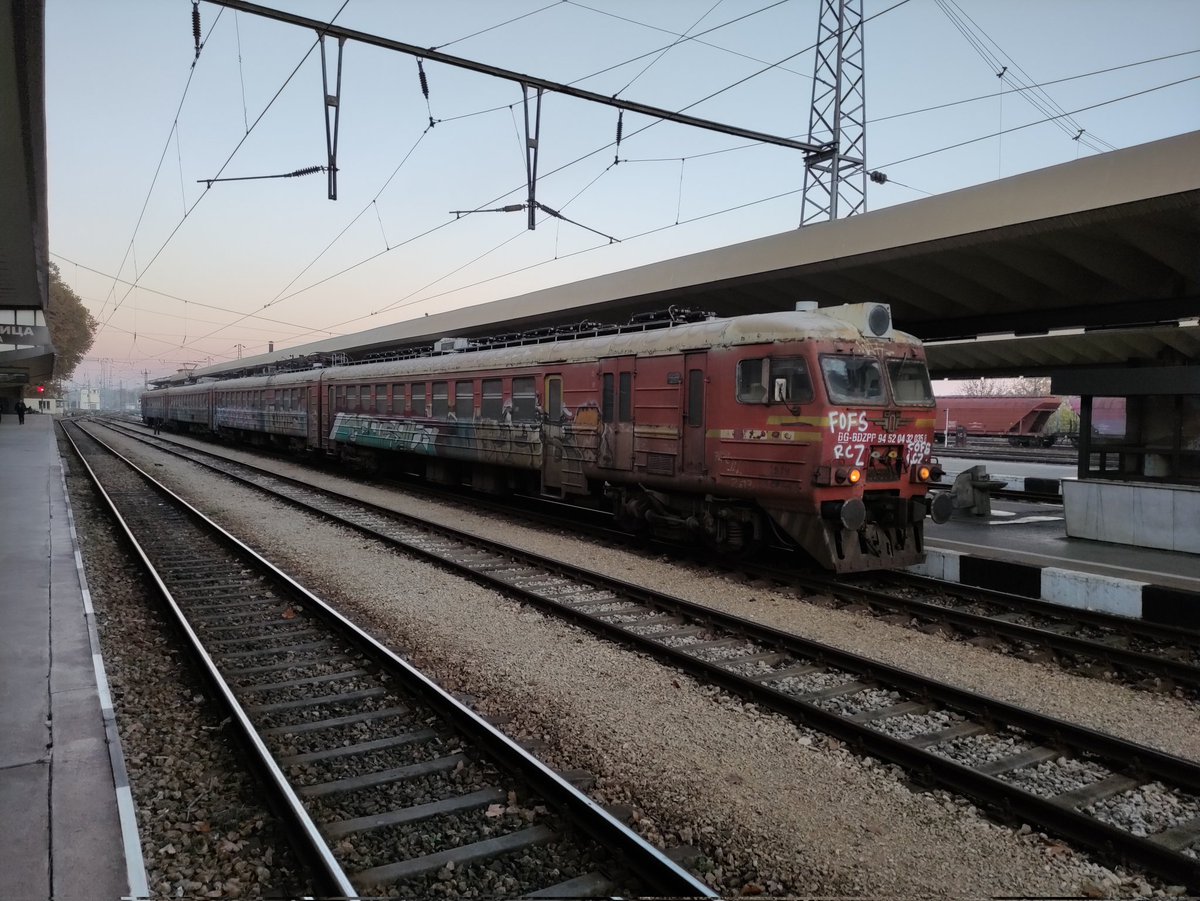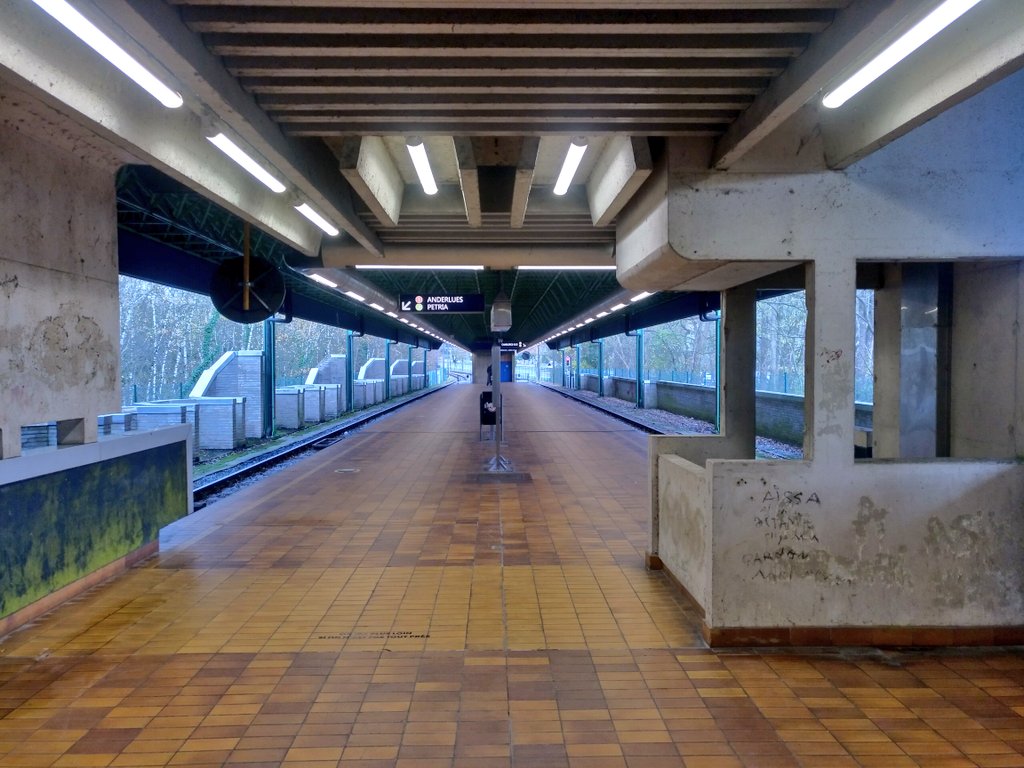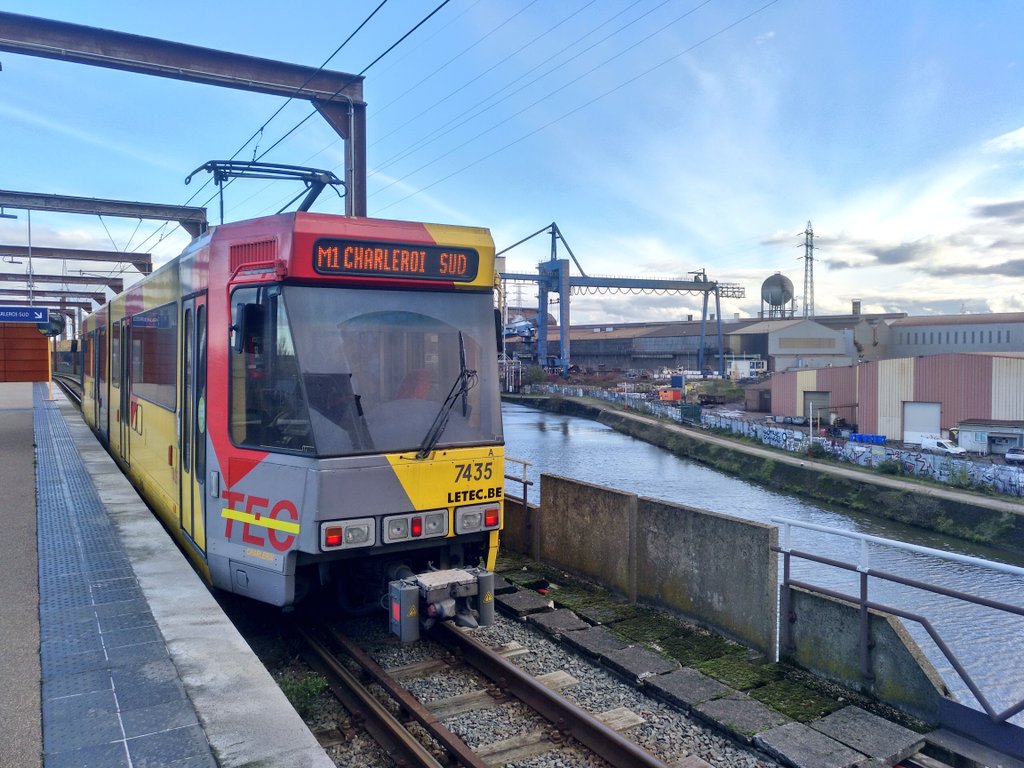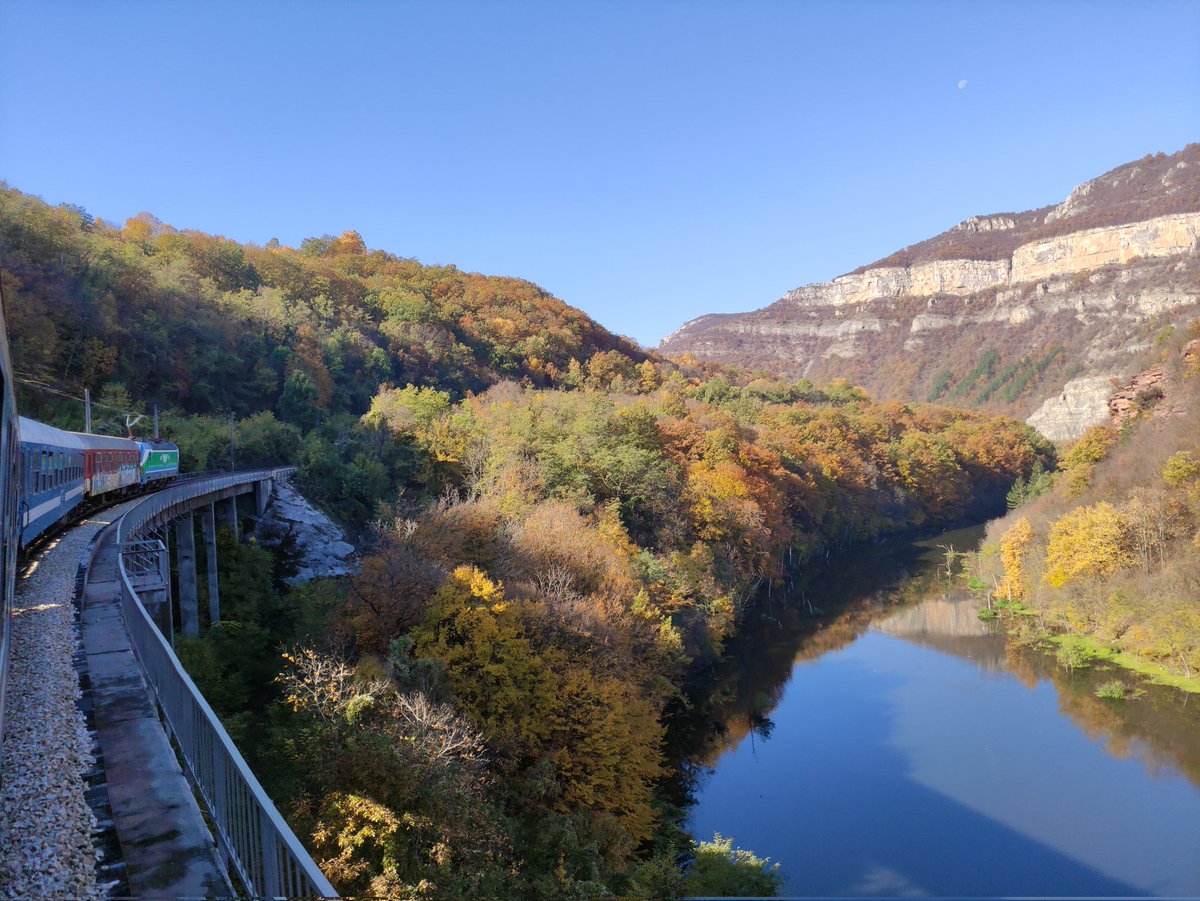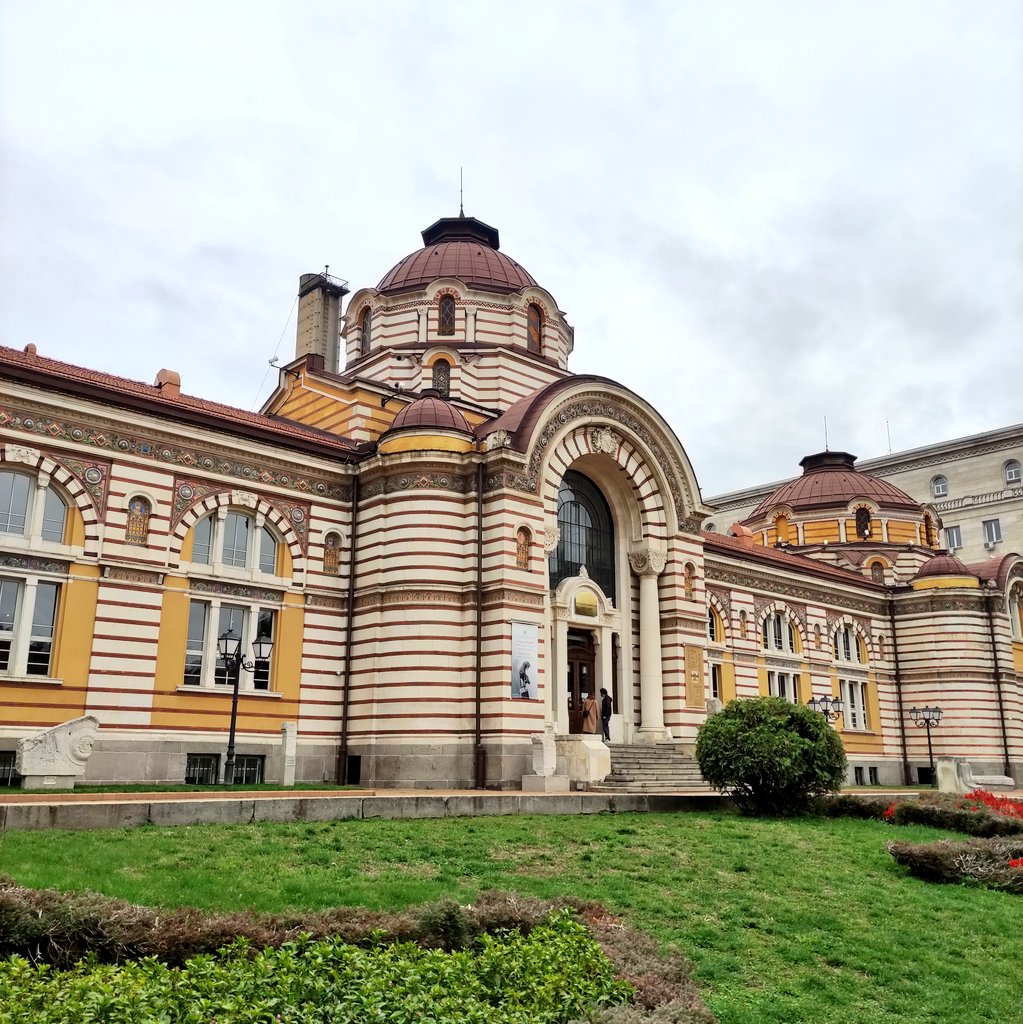The Bulgarian 🇧🇬🚞 rail trip thread continues here.
Day 3️⃣ Велико Търново / Veliko Tarnovo
Day 3️⃣ Велико Търново / Veliko Tarnovo
https://twitter.com/fuenareva/status/1454846304153133057

Veliko Tarnovo is known as the "City of Tsars", since it was the medieval capital of Bulgaria. For me, it was one of the surprises of the trip.
We start the visit with some panoramic views from the Monument to Assen dynasty, located right in the middle of the Yantra river bend.


We start the visit with some panoramic views from the Monument to Assen dynasty, located right in the middle of the Yantra river bend.



Some more pics of the monument itself.
Built in 1985 to make the anniversary of the rise of this dynasty, it features similar characteristics to other "historical monuments" built during the last years of communism in Bulgaria.



Built in 1985 to make the anniversary of the rise of this dynasty, it features similar characteristics to other "historical monuments" built during the last years of communism in Bulgaria.




☦️ St Nikolay church. Beautiful paintings inside, but too dark for proper pics.
Note the text from 1836 on one of gates, written in Greek and (what I think is) old Bulgarian alphabet. While at that time, this was still part of the Ottoman empire.



Note the text from 1836 on one of gates, written in Greek and (what I think is) old Bulgarian alphabet. While at that time, this was still part of the Ottoman empire.




The "Museum of the Revival", where the Bulgarian Constituent Assembly met in 1879 to ratify Bulgaria's first constitution, as it had just achieved de facto independence from the Ottomans. 

From the top of the hill, you get excellent views of the Tsarevets and Trapezitsa hills, where the medieval city stood.
Into Tsarevets, the main sight of Veliko Tarnovo.
This medieval fortress was at that time, the main part of the city. It was fully fortified and took advantage of the river bends for a strategic location.
Plenty of ruins to check out...



This medieval fortress was at that time, the main part of the city. It was fully fortified and took advantage of the river bends for a strategic location.
Plenty of ruins to check out...




... although for me the beauty of Tsarevets, were the spectacular views of the valleys that make up Veliko Tarnovo. 







Hearing the muezzin call for muslim prayers, while in the heart of Bulgaria.
Balkans, what a wonderfully diverse beauty you are.
Balkans, what a wonderfully diverse beauty you are.
Down at the valley, next to the Yantra river, the views are still spectacular.
Veliko Tarnovo, a must see in the Balkans,



Veliko Tarnovo, a must see in the Balkans,




We wait for the bus back to town, in a rather retro bus shelter.
And ok, the bus network map is not great... but even on this old-looking stop you get up-to-date timetables. Something that the bus company in my home town @bilbobus_bilbao still fails to provide 😒



And ok, the bus network map is not great... but even on this old-looking stop you get up-to-date timetables. Something that the bus company in my home town @bilbobus_bilbao still fails to provide 😒




2021, the year of eternal electoral campaign in Bulgaria.
The voted in April and in July, and they will vote again in November.
The voted in April and in July, and they will vote again in November.

The bus looks familiar… 📯 🚌🇨🇭
It is indeed an old "Postbus" from Switzerland, with even some of the original "Tarifverbund Nordwestschweiz" signs.
Even more surprisingly tickets were not sold by the driver, but by an actual ticket seller!
Ticket price 1 franc, I mean 1 leva



It is indeed an old "Postbus" from Switzerland, with even some of the original "Tarifverbund Nordwestschweiz" signs.
Even more surprisingly tickets were not sold by the driver, but by an actual ticket seller!
Ticket price 1 franc, I mean 1 leva



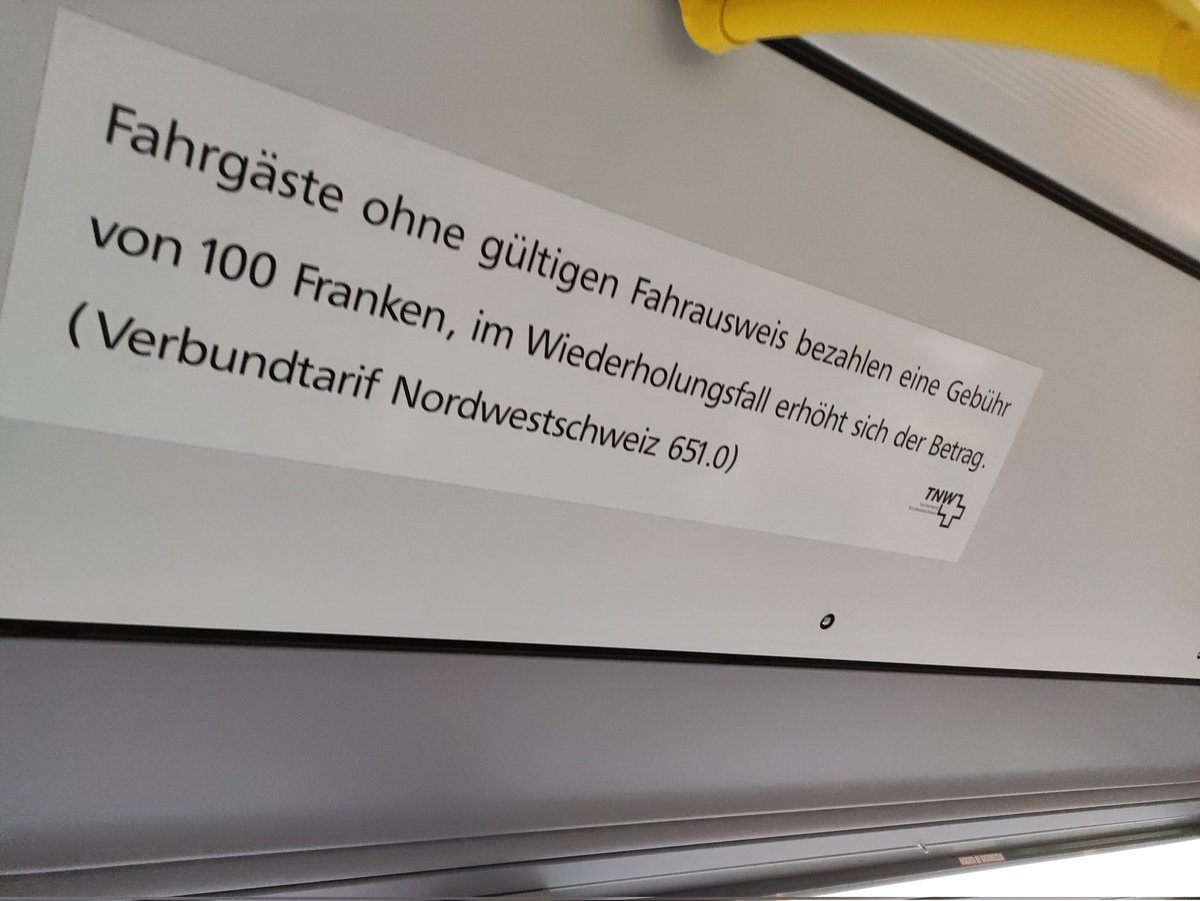
And yes, even in medieval Veliko Tarnovo, you can find some brutalist hints.
Most notably the Interhotel, opened in 19821, a classic communist brutalist hotel, as seen on any main tourist spot of the former Eastern block.


Most notably the Interhotel, opened in 19821, a classic communist brutalist hotel, as seen on any main tourist spot of the former Eastern block.
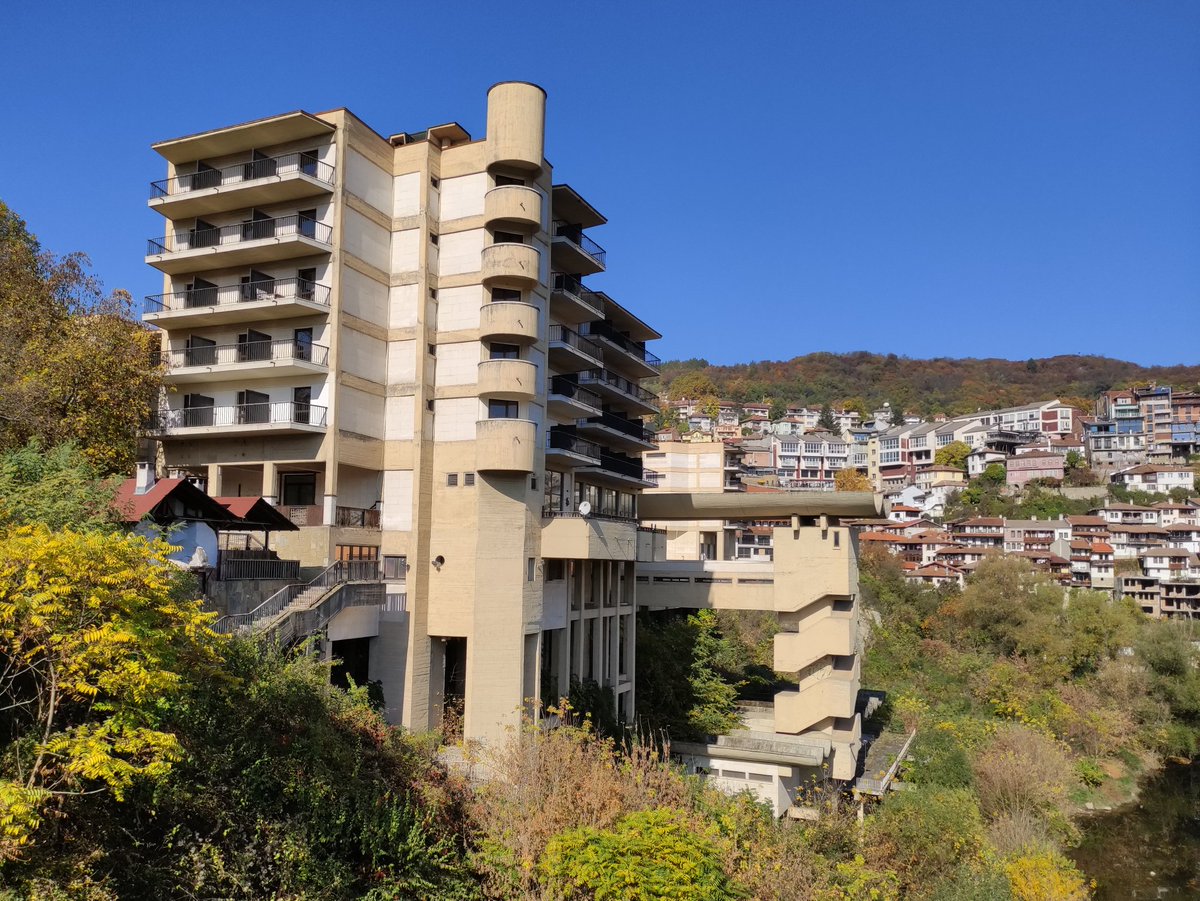


Day 4️⃣ train trip and София / Sofia.
And since it's too early for fresh banitsa, in this part of Europe there's always a plan B.
And since it's too early for fresh banitsa, in this part of Europe there's always a plan B.
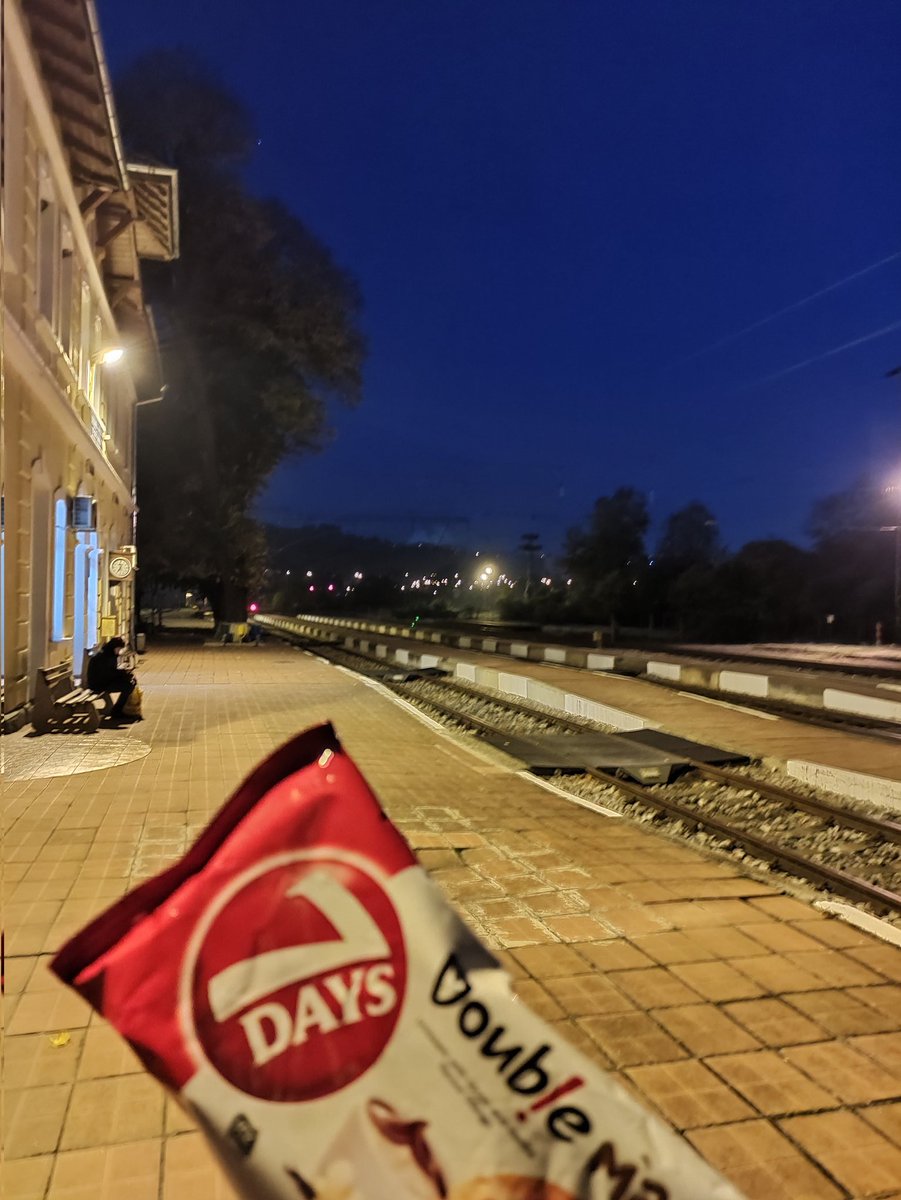
Early morning views as we wait for our regional train from Veliko Tarnovo to Gorna Oryahovitsa, where we will change to continue our trip to Sofia. 





Back in time...
We board BDŽ train КПВ 40202 Плачковци - Горна Оряховица.
It's a retro class 32 EMU built in 1971, very similar to soviet elektrichkas.

We board BDŽ train КПВ 40202 Плачковци - Горна Оряховица.
It's a retro class 32 EMU built in 1971, very similar to soviet elektrichkas.


#FensterAuf from the Soviet train ⚡
Arrival into Горна Оряховица.
These old EMUs still make plenty of services on many of the rural electrified branch lines of the BDŽ network.
Also, note the construction plaque:
USSR, Riga Carriage Works, 1971
СССР, Рижский Вагоностроительный Завод, 1971



These old EMUs still make plenty of services on many of the rural electrified branch lines of the BDŽ network.
Also, note the construction plaque:
USSR, Riga Carriage Works, 1971
СССР, Рижский Вагоностроительный Завод, 1971




#FensterAuf across Northern Bulgaria 



For most of the ride, we cross endless plains...
Crossing the "Stara Planina" or "Balkan" mountain range by train, through the Iskar gorge. It starts to get very scenic. 







Open windows make the ride so much more enjoyable. Just open the window and let the scenery surround you.
#FensterAuf 🚞🇧🇬
#FensterAuf 🚞🇧🇬
🚞🇧🇬 Line 200 of the Bulgarian State Railways, Sofia - Mezdra through the Iskar gorge, deep in the valley across the Balkan mountains.
It officially joins my personal list of most scenic European railway lines. Extra points for the open windows that make the experience amazing.



It officially joins my personal list of most scenic European railway lines. Extra points for the open windows that make the experience amazing.




🚞🍂 Autumn in Bulgaria, as seen from the train, somewhere between Mezdra and Sofia.
I've definitely been in quicker "fast" trains. As if that would matter now...
In Лакатник we overtake the slower regional train, to proceed south towards Sofia.
Enjoy the ride 🎥🚞🇧🇬
Своге is the last stop before София.
Last minutes to enjoy the mountains before we arrive to the plateau that surrounds Sofia.



Last minutes to enjoy the mountains before we arrive to the plateau that surrounds Sofia.




Visit to the "Socialist Art Museum" of Sofia. Basically, where the Ministry of Culture, shortly after the change from communism to capitalism, decided to gather the still-standing political statues. They also have the star that use to stand on top of the communist party HQ. 







Sofia is big, and most of the suburbs are made of endless rows of "panelkas". However in Druzhba architects were a bit more creative.
Blocks 67 & 68 make up this interesting building, almost worth of the crazy brutalism of Novi Beograd.s
Gràcies @sergi_sc97 for the tip!



Blocks 67 & 68 make up this interesting building, almost worth of the crazy brutalism of Novi Beograd.s
Gràcies @sergi_sc97 for the tip!




Say what you want, but these two towers do break the monotony panelkas.
#Brutalism #Sofia #Panelka #Панелка



#Brutalism #Sofia #Panelka #Панелка



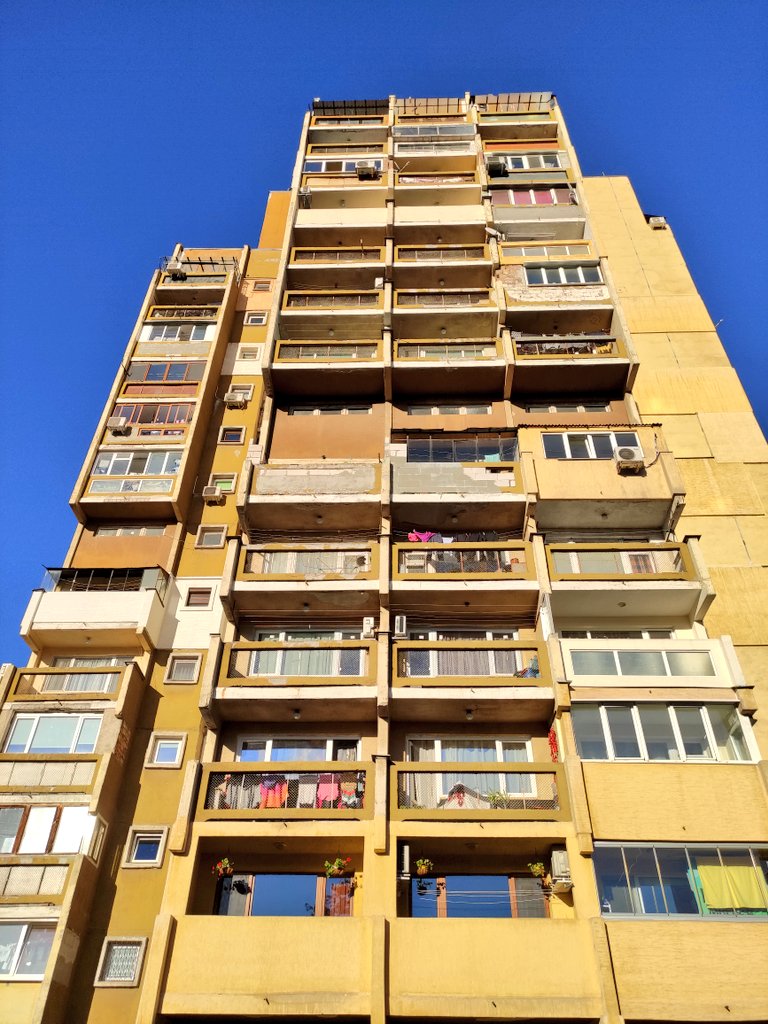
Across Sofia by 🚎 and 🚋.
In the main avenue of the Krasna Polyana district, trams of both narrow and standard gauge run on the same line.
📸Time for some late evening spotting of these former-Czech Tatra units.
Also note the double gauge junction!



In the main avenue of the Krasna Polyana district, trams of both narrow and standard gauge run on the same line.
📸Time for some late evening spotting of these former-Czech Tatra units.
Also note the double gauge junction!




📽️🚋 Trams in Sofia.
This is not Prague 🇨🇿
🌇🚋 Лека нощ София
• • •
Missing some Tweet in this thread? You can try to
force a refresh



























